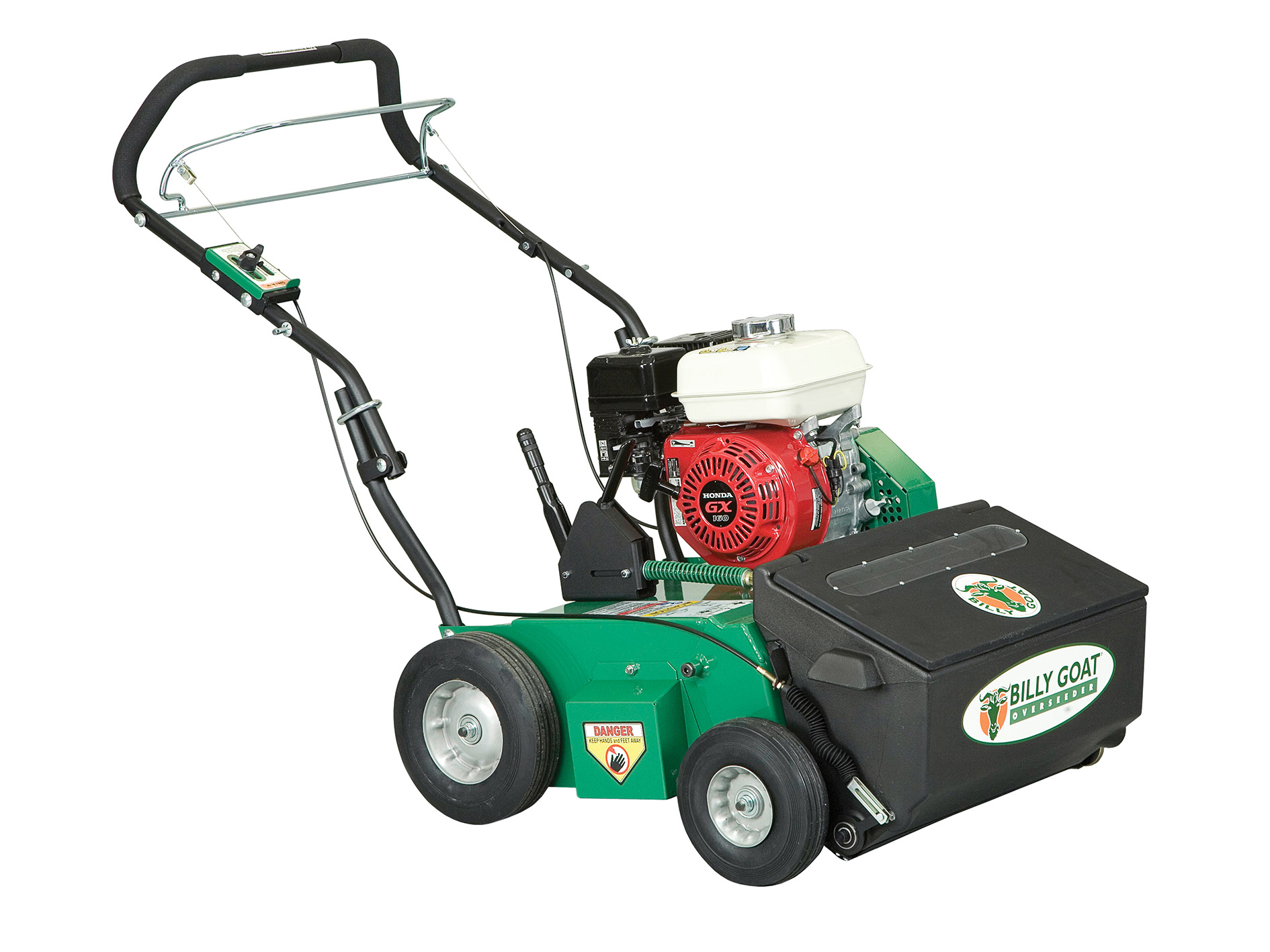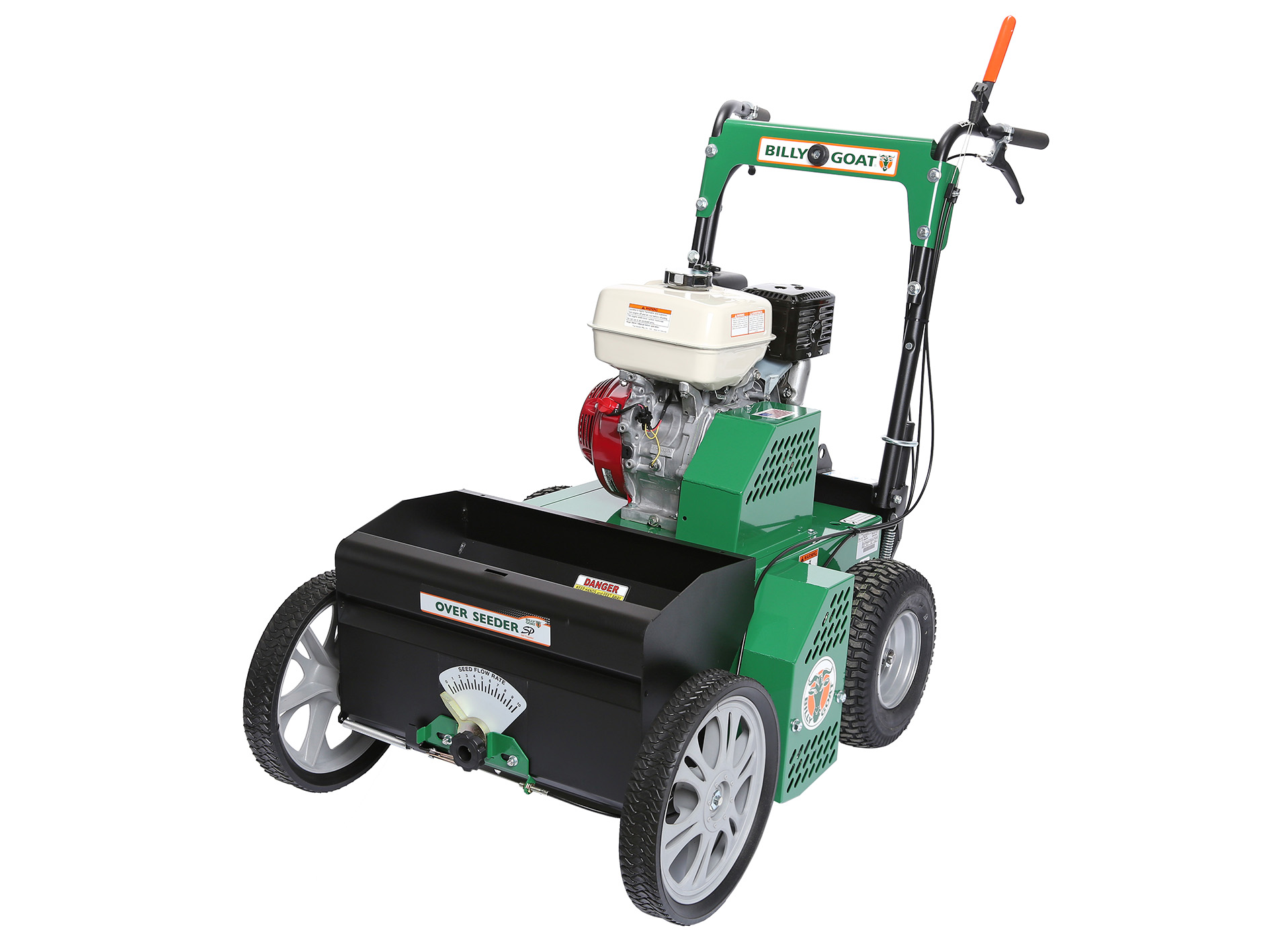C is for Overseeding
After scarifying and aerating, the lawn may appear thin or patchy. This is entirely normal—it's all part of the process. Your customer's lawn will thank you for it and thrive in the long term. To get the best results, consider overseeding, too. It’s the "C" in the ABC of lawn care and the final step to creating a vibrant, healthy lawn.
Unlike a spreader that scatters seeds on the surface, an overseeder plants the seeds directly into the soil, ensuring better germination rates and a more effective outcome. Ready to learn how overseeding can transform the lawn? Let’s dig in!
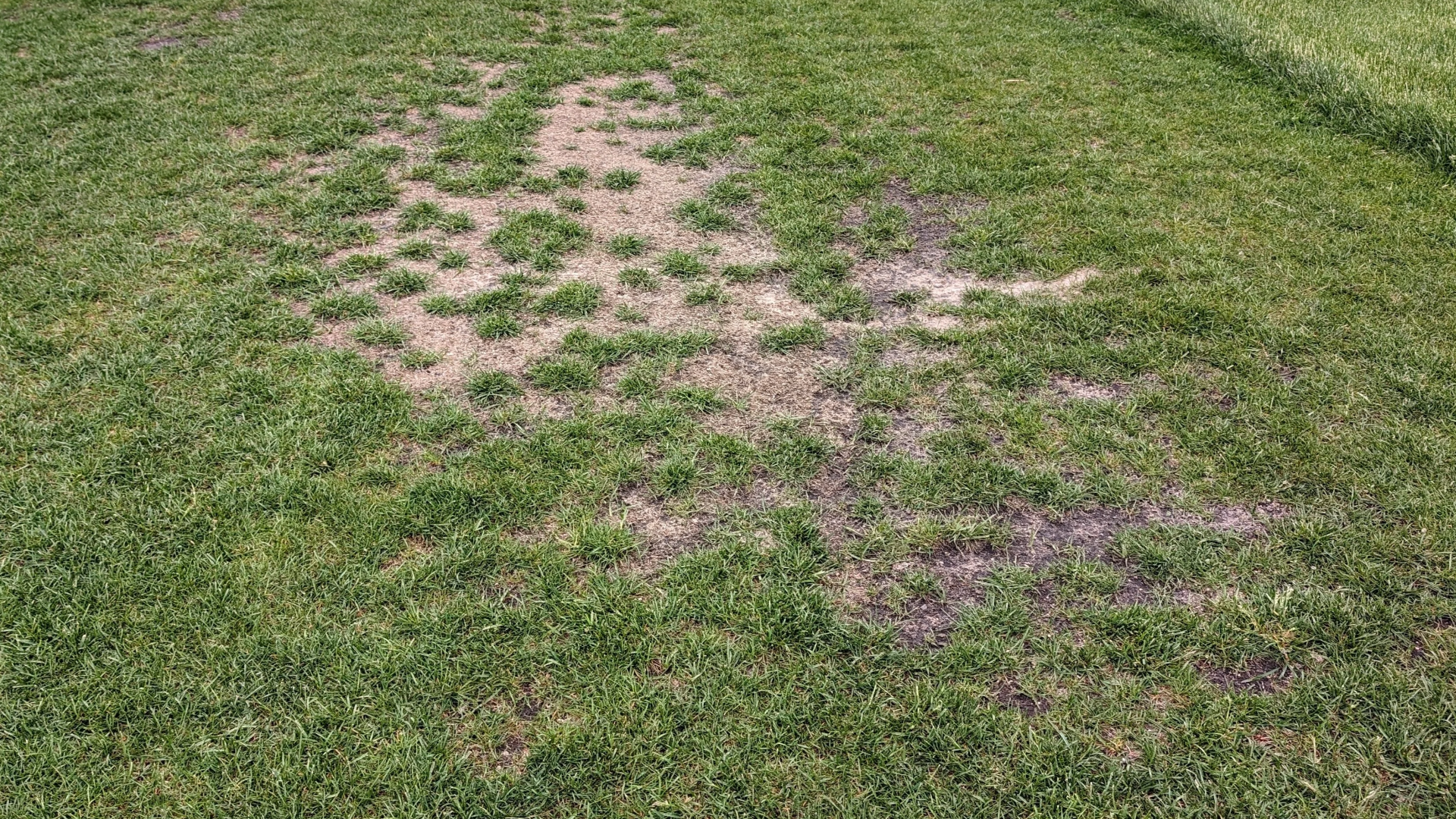
Why overseeding matters
Over time, grass loses its strength and vitality, leaving lawns looking thin and increasingly susceptible to weeds. But here's the good news: overseeding is a straightforward and cost-effective solution that brings back a lush, green lawn without having to start from scratch. It's a simple, yet powerful way to revitalise tired lawns, fill bare spots, and restore that healthy, uniform appearance.
After scarifying or aerating, overseeding becomes even more crucial. These processes create the perfect conditions for new growth by opening up the soil, but they often temporarily leave the lawn looking sparse. Overseeding fills these gaps, encouraging uniform growth and revitalising the lawn to its full potential.
Benefits of overseeding
Overseeding is more than just filling in bare spots—it’s about giving the lawn a new lease on life. Fresh grass seeds bring vibrancy and density back to the lawn, balancing the grass mix for consistent, uniform coverage. This also strengthens the lawn’s defences, helping it withstand foot traffic, drought, and disease.
The result? A lush, resilient, and professional-looking lawn that your customers can be proud of. It’s also a testament to your landscaping expertise and a powerful way to showcase the quality of your services. Sometimes, the grass really is greener on the other side—as long as they're talking about the side you maintain!
Overseeding in a nutshell
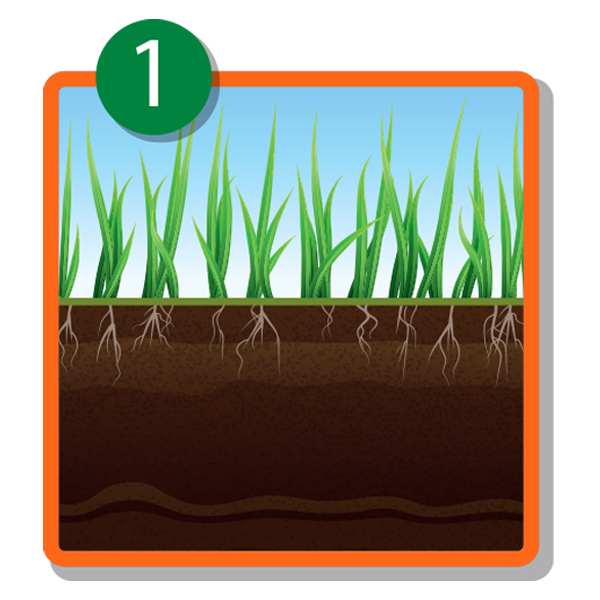
After scarifying or aerating the grass density will be lower. Overseeding will fill the gaps and restore the grass mix balance.
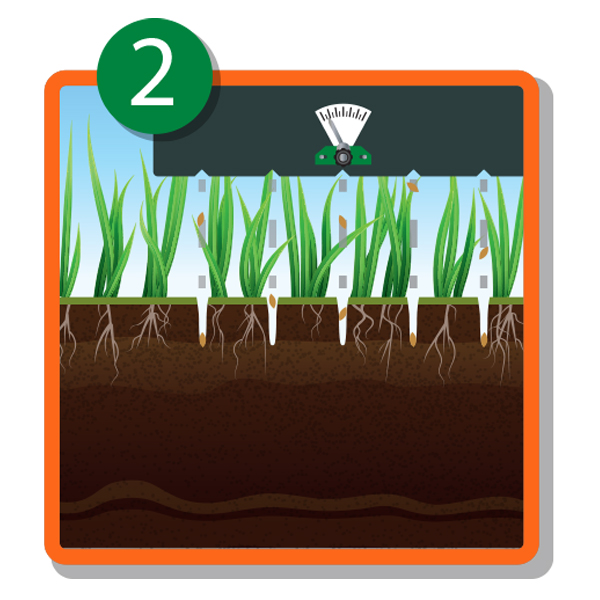
The hopper drops the seeds into the grooves made by the rotor blades. The seeds are then pushed into the soil which improves the germination rate.
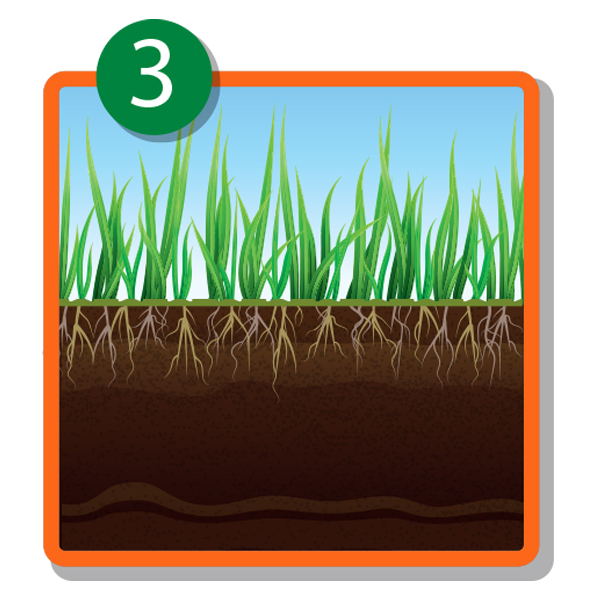
With the seeds planted, it is recommended to sprinkle the lawn with more top soil and apply fertilizer.
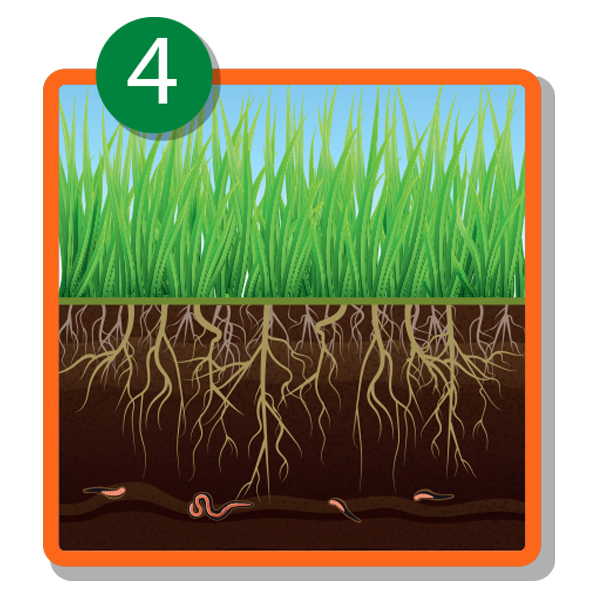
Now the lawn is thick and lush!
To achieve the best result, it is advisable to overseed by sowing in stages and criss-crossing at 90° angles.
How to overseed your customer's lawn?
Overseeding isn't complicated. With the right tools, you can transform any lawn in just a few steps:
Prepare the lawn
After scarifying or aerating, the soil is perfectly prepared for overseeding. If these steps haven’t been completed, consider tackling them first for the best results.
Alternatively, ensure the lawn is freshly mown and clear of debris or weeds to give the seeds direct soil contact for optimal germination. Make sure the temperature is right for overseeding. Consistently warm conditions in the double digits (Celsius) create the ideal environment for seeds to germinate and develop strong roots.
Choose the right seed
Selecting the right grass seed blend is crucial for achieving a lush, uniform lawn. Consider factors such as:
- Shade tolerance: Some varieties thrive in full sun, while others perform better in shaded areas.
- Foot traffic resistance: High-traffic lawns need hard-wearing grasses like ryegrass or fescue.
- Climate suitability: Choose cool-season grasses for cooler regions and warm-season varieties for hotter climates.
Mixing compatible grass types can enhance resilience and maintain a greener lawn year-round.
Use the right equipment
Choosing the right equipment is crucial for successful overseeding. Billy Goat overseeders are designed for precision and efficiency. They not only drop seeds but also plant them directly into the soil through grooves made by rotor blades. This ensures the best possible outcome. Choose the best overseeder for your needs:
OS500 Series: Compact and versatile, ideal for smaller lawns or tight spaces.
OS900 Series: Self-propelled with advanced features for larger properties or high-demand tasks.
Sow the seeds
The overseeder’s hopper drops seeds into the grooves, pressing them into the soil. This method significantly improves the germination rate compared to surface spreading. For the best results, sow in stages, crisscrossing at 90-degree angles to ensure even coverage.
Apply topsoil and fertiliser
Once the seeds are planted, lightly sprinkle the lawn with topsoil to protect the seeds and retain moisture. Apply a balanced fertiliser to nourish the new growth and support healthy germination. In the right conditions, germination typically takes between 7 and 21 days.
Water consistently
Water the lawn immediately after overseeding and keep it consistently moist over the next few weeks. Regular watering helps the seeds germinate and establish strong roots.
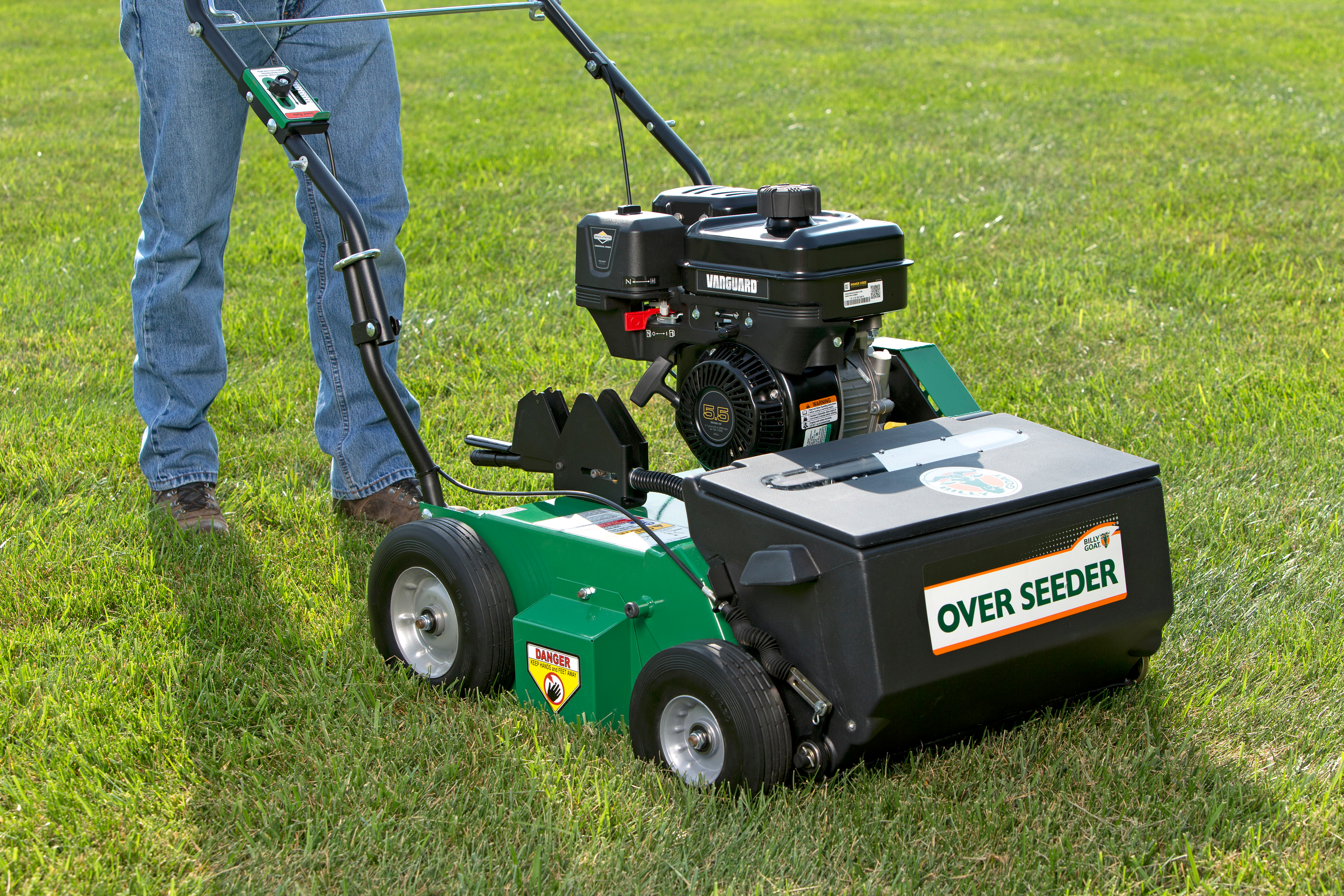
What to expect after overseeding
Overseeding delivers noticeable improvements to the lawn, including:
Thicker, healthier grass:
Bare spots disappear as new grass fills in, creating a uniform and vibrant appearance.
Improved resilience:
The lawn becomes better equipped to handle foot traffic, harsh weather, and pests.
A lush, green finish:
Overseeding restores the lawn’s rich colour and density, leaving it looking professionally maintained.
Overseeding done right: tips for the best results
Choose the right seed: Use a grass seed blend suited to the lawn’s conditions, such as shade tolerance or high traffic resilience.
Timing is key: Overseed during the growing season for the lawn’s grass type. Early autumn is ideal for cool-season grasses, while late spring works best for warm-season varieties.
Sow in two directions: For even coverage, overseed in a crisscross pattern at a 90-degree angle. This improves seed distribution and minimises bare spots.
Avoid overwatering: While consistent watering is crucial, avoid creating overly-soggy conditions that may drown the seeds or encourage fungal growth.
Mow strategically: Cut the existing grass as short as possible before overseeding to reduce competition and give new shoots the best chance to establish. After overseeding, wait until the grass reaches 7-8 cm before mowing again, keeping the blades high to protect young seedlings and prevent uprooting.
Why choose Billy Goat Overseeders?
Billy Goat overseeders are engineered for precision, ease of use, and durability. Whether you’re maintaining a small lawn or tackling a large-scale project, there’s a model to fit every need.
Both series are designed to maximise efficiency and minimise downtime, delivering professional-grade results every time.
Ready to transform any lawn?
Overseeding is the final step in the ABC of lawn care. Together with A – Scarifying to remove thatch and B – Aerating to relieve compaction, overseeding completes the process by filling gaps and thickening the grass. Overseeding is more than just the final touch; it’s the step that brings everything together.
Explore the full range of Billy Goat overseeders to find the perfect model for the job.
Download the manual
Want to learn more? Download the manual for detailed specifications and maintenance tips.
Find a distributor near you
Ready to get started? Find your nearest distributor and take the first step toward a healthier, greener lawn today.




